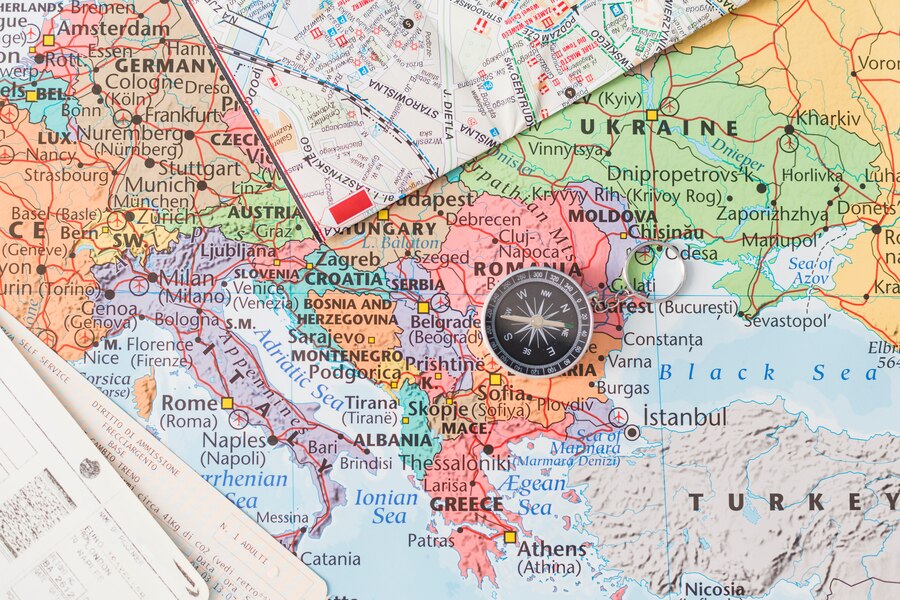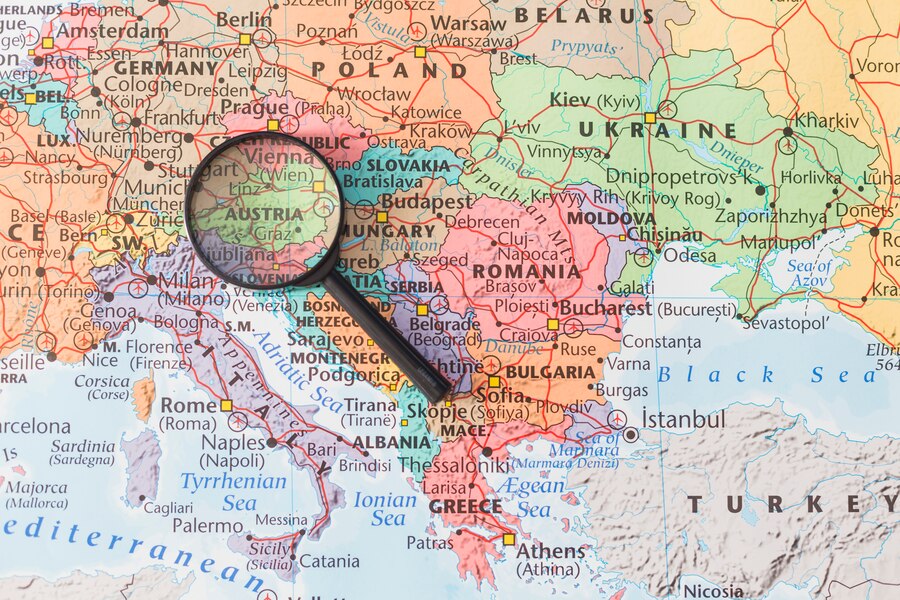There is a place in the world where mountains cradle the sky, where history whispers through stone churches and ancient ruins, and where the land meets no sea — yet the soul sails far. This is Armenia, the landlocked neighbor of Georgia and Azerbaijan, a country of poets, fighters, and dreamers.
Understanding Its Geography
Borders and Neighbors
Armenia lies in the South Caucasus, bordered by Georgia to the north, Azerbaijan to the east, Iran to the south, and Turkey to the west. Though small, it sits at a cultural and historical crossroads.
Why “Landlocked” Matters
Without a coastline, Armenia’s connection to the wider world comes through land routes. This shapes its economy, its politics, and even its identity.
The Mountain Heart of the Caucasus
Armenia’s Rugged Landscapes
Rolling hills give way to sharp peaks, and valleys open to vast highlands. The landscape is not just scenery — it’s a guardian, shaping the people’s resilience.
Rivers, Lakes, and the Absence of Sea
Armenia’s waters run through mountain streams and into Lake Sevan, the “inland sea” that glimmers under the sun like a sapphire in stone.
Historical Crossroads
Ancient Kingdoms and Empires
From the Urartian Kingdom to the medieval Armenian Kingdom of Cilicia, Armenia’s history is woven with triumph and tragedy.
The Silk Road Connection
Traders once passed through Armenia carrying silk, spices, and stories, making it a cultural meeting point.
Between Georgia and Azerbaijan – A Unique Position
Shared History and Differences
While Armenia shares the Caucasus spirit with Georgia and Azerbaijan, each nation sings its own song — Armenia’s in the lilting notes of the duduk.
The Geopolitical Dance
Border disputes and alliances have shaped modern Armenia’s relationships, making diplomacy as challenging as navigating its mountain passes.
Landlocked but Not Isolated
Trade Routes and Challenges
Lacking a seaport means relying on overland connections — yet Armenia adapts, forging ties with neighbors and distant friends alike.
Modern Transport Links
Roads wind through highlands, railways connect to regional hubs, and air routes bridge Armenia to its diaspora.
The Cultural Soul of Armenia
Language, Music, and Dance
The Armenian language, with its own unique script, is as ancient as the mountains. Music fills village squares; dances weave stories in circles.

Armenian Hospitality
Guests are treated like family, and tables are filled with lavash bread, herbs, and the warmth of shared conversation.
Landlocked Landscapes – Beauty in Constraint
Mount Ararat’s Silent Watch
Though now across the border in Turkey, Mount Ararat remains a symbol of Armenian identity — its snow-capped peaks ever visible on clear days.
Lake Sevan – The Inland Sea
Sevan’s waters shimmer in summer, a place of refuge and reflection for locals and travelers alike.
Armenia’s Resilience Through History
Surviving Empires
From Persian to Ottoman to Soviet rule, Armenia has endured and redefined itself time and again.
The Spirit of Independence
In 1991, Armenia emerged as an independent nation, carrying forward the strength of centuries.
Neighborly Ties – Cooperation and Conflict
Relations with Georgia
Trade, cultural exchanges, and shared Orthodox Christian heritage create bonds between the two.
Relations with Azerbaijan
A more complex story, marked by conflict over Nagorno-Karabakh, yet also moments of shared history.
The Armenian Diaspora
Roots and Routes Across the World
Millions of Armenians live abroad, from Los Angeles to Paris, carrying the culture with them.
Keeping Tradition Alive Abroad
Diaspora communities keep the Armenian spirit alive through churches, schools, and cultural festivals.
The Future of a Landlocked Nation
Economic Hopes
From tech startups to tourism, Armenia is finding new ways to thrive despite its geographic constraints.
Cultural Preservation in a Global Age
Balancing modernization with tradition remains at the heart of Armenia’s journey.
Lessons from Armenia’s Story
Armenia teaches that a nation’s strength is not measured by its size or access to seas, but by the depth of its roots and the height of its dreams.
Conclusion – The Heart in the Highlands
In the shadow of its mountains and the glow of its churches, Armenia stands as proof that being landlocked does not mean being closed off. It is a country of open hearts, fierce pride, and landscapes that breathe history.
FAQs
1. Which country is the landlocked neighbor of Georgia and Azerbaijan?
Armenia.
2. Does Armenia have access to the sea?
No, it is completely landlocked.
3. What is Armenia known for?
Ancient churches, Mount Ararat views, Lake Sevan, and its rich cultural heritage.
4. Who are Armenia’s neighbors?
Georgia, Azerbaijan, Iran, and Turkey.
5. What language do Armenians speak?
Armenian, with its own unique alphabet.
